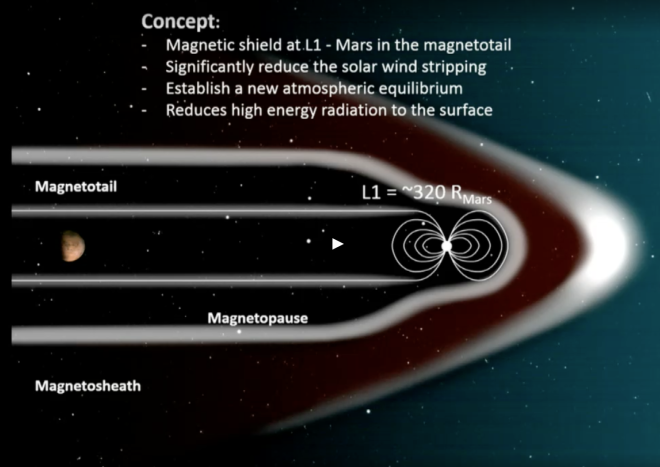Considering all the horrible ways that either humans or otherwise could end life on Earth, the idea of inhabiting another world seems pretty nifty. The only issue with that is we need oxygen and for our soft squishy skin to not get fried by intense sunlight. So, the prospects of getting off our planet for any indefinite amount of time outside the confines of some spacecraft seems grim. However, humans have proved that they can have some impact on the environment, so is it possible that we could sculpt, or “terraform”, a planet into one that is suitable for humans to live on?
In short, yes, but it is a rather complicated process. The first issue is that if whichever planet we choose to adapt does not have a strong core that spins fast then the magnetosphere would be too weak, or nonexistent, to sustain any atmosphere conducive for housing life. According to a Planetary Science Vision 2050 Workshop in 2017 we possess the current technology to artificially build a magnetosphere around a planet, but it requires giant rings that circumnavigate the world. Other ideas include building magnetic shields at some point between the planet and its sun to provide just enough blocking to mimic an Earth-like magnetosphere. Once the magnetosphere is established on most worlds volcanism will contribute to a build up of a greenhouse effect and global warming will start. If that world has water, which it probably does if it’s in the inhabitable region, the water will start to melt and finally provide a habitat suitable for microorganisms.

Wikipedia article on Mars terraforming
Rejoice!
After only a few extremely expensive scientific endeavors that did not fail at all the world could finally support some plants and small animals after a few hundred years. For reference, the estimate to make Mars inhabitable for humans is about 1,000 years.